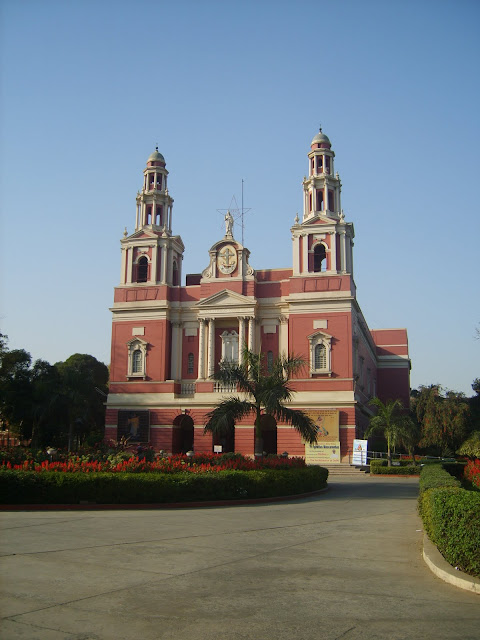Time
seemed to be hanging heavy on my hands as the lockdown entered its fourth day. So,
what does it mean for everyone? Stay in the limited space at home with your
entire family, be it large or small. There is no rush in the morning to finish
the breakfast as you want to be in time for office and avoid a possible brush-in
with your boss or a teacher who latches the door from the inside so that you
can’t enter if you are late or even those who have that interview to face. Idleness
not only brings an emptiness but also a great deal of tension and irritability.
Many
years ago I read in a self-help book that the most difficult thing to do in the
world is structuring time. For most of us somebody else does the structuring
for us. Working hours at the office, usually nine-to-five makes it easy. Get up
early, reach office by nine, lunch at around one p.m. and by four-thirty we are
already preparing to go home. If you live at a reasonable distance from the
office, you get home between six and six-thirty. A spot of tea and then the
usual television shows and news, maybe a sundowner and then dinner and bed. The
routine is followed daily except the weekends. But by the time one is out of
the office mood it is already black Monday. The same goes for school or college
or any other profession. Perhaps the most unstructured among professions is the
media in which there is no fixed time to go to or leave office.
Some
people can work from home online but then imagine the person who worked in the
Maruti factory that has been shut. He can’t manufacture cars from home!! So for
most people its just idling. The Health Ministry, I find has come up with some
suggestions in the form of a one-minute film in which psychiatrists give
advice. So, the first advice is to have a routine and stay positive. More sane
advice follows – minimise watching news channels and play indoor games like
carrom or chess or watch films or read that storybook that you have always been
meaning to but never found the time. https://www.youtube.com/watch?v=iuKhtSehp24&list=PL1a9DHjZmejE-Ep2PAu2OR8HBfLP0BLIk&index=9&t=0s
Lots
of people on the road with bags strapped to their shoulders making their way to
their villages. One of the cleaning staff in my apartments lives belongs to
Badaun but is not going back as it is too far. He lives with his wife and four
children live in Noida. But he says many of his neighbours have already left.
Of course, there were the videos of at the Anand Vihar bus station in Delhi. But
I find that the police are now using a humane approach and were not really bothering
them.
The government activity has
increased on COVID19 is clear from a sharp spurt in press releases after 20th
March. 


